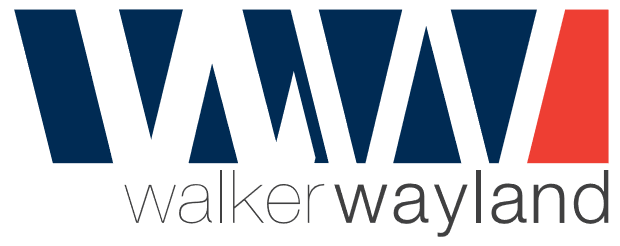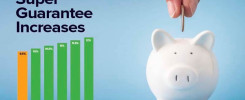Interest rate has hiked for 12 times over the past year. The RBA has voted to raise interest rates at its June meeting, taking the cash rate from a low of .1% a little more than a year ago to a new high of 4.1%.
How does interest rate link to wages growth and unemployment rate
The wages growth has hit its highest level since 2012, but it’s not high enough to force the Reserve Bank to lift interest rates. Salaries raise 3.7% in the 12 months to the end of March, with private sector wages leading the way.
For many years, it’s been fair to say the RBA has been focused on wages growth. Its own research and commentary leading up to the first interest rate hike in May highlighted the bank’s belief that, for inflation to really take off, wages growth would need to lift in a material way.
If the already announced RBA interest rate hikes hurt economic growth and consumer spending, as they progressively hit bank accounts over the next few months, unemployment will rise. Both Treasury and the RBA see the unemployment rate increasing above 4 per cent into next year.
What does this mean for us?
Consumers who are wholly employed will be extra motivated to ask their boss for a substantial pay rise. Businesses would then pass these pay rises on to customers in the form of higher prices. This would mean the “sticky” inflation we have now — due to persistently higher rental, gas electricity and food prices — would be super-charged.
The ongoing tightness in the labour market and the mild, upwards pressure it’s putting on wages could push the RBA to continue on its interest rate-hiking journey. At the same time, sticky inflation means millions of workers’ real wages continue to go backwards.



